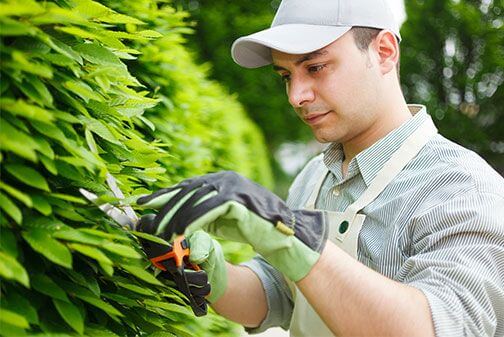Environmental Toll of Christmas Waste
Posted on 11/06/2025
The holiday season, replete with vibrant decorations, hearty meals, and gift-giving traditions, brings immense joy to millions around the globe. However, beneath the dazzling lights and festive cheer lies an often-overlooked reality: the substantial environmental toll of Christmas waste. From excessive packaging to discarded food, the ecological impact of the festive season is significant. Let's delve into the depth of this issue and explore ways to celebrate in a more eco-friendly manner.
The Scale of Christmas Waste
Christmas is synonymous with an increase in waste generation. It's estimated that in the UK alone, around 30% more waste is produced during the festive season, amounting to an extra three million tonnes. The US isn't far behind; Americans generate an additional million tonnes of waste weekly during the holiday season.

Excessive Packaging and Gift Wrap
Gift-giving, one of the most cherished traditions of Christmas, comes with an environmental cost. The sheer volume of wrapping paper, often laminated and decorated with non-recyclable materials like metallic foils, glitter, and plastic accents, ends up in landfills. It's estimated that if every American family wrapped just three presents in reused materials, it would save enough paper to cover 45,000 football fields.
Christmas Cards and Decorations
The production and disposal of Christmas cards and decorations contribute significantly to holiday waste. Traditional cards, many with glitter and foil accents, are usually not recyclable. Each year, approximately 1.5 billion Christmas cards are thrown away in the UK, equivalent to 300,000 trees.
Food Waste During the Festive Season
Food is at the heart of Christmas celebrations. However, this results in significant food waste. An estimated 54 million platefuls of food are discarded throughout the UK during Christmas. The food waste not only represents lost resources but also contributes to greenhouse gas emissions when it decomposes in landfills.
Environmental Impact of Christmas Trees
The debate between real and artificial Christmas trees sees significant environmental implications on both sides. Real trees, if not disposed of properly, can contribute to methane emissions in landfills. On the other hand, artificial trees, made from non-biodegradable materials like PVC, contribute to plastic pollution and require considerable energy for production and transport.
Tips to Reduce Christmas Waste
1. Opt for Eco-Friendly Wrapping: Use recycled or reusable wrapping paper. Fabric wrapping, such as Furoshiki, is also a stylish and sustainable alternative.
2. Choose Sustainable Gifts: Consider giving experiences or digital gifts instead of physical products. Support local artisans and eco-friendly brands.
3. Send E-Cards: Reduce paper waste by sending electronic greetings instead of traditional Christmas cards.
4. Plan Meals Wisely: Reduce food waste by planning meals carefully and using leftovers creatively. Donate excess food to local food banks.
5. Green Your Tree: If you opt for a real tree, ensure it's recycled properly. For artificial tree users, try to use the same tree for many years to mitigate the environmental impact.
6. Recycle Properly: Ensure all recyclable materials are correctly sorted and disposed of according to local regulations.
Pros and Cons of Eco-Friendly Christmas Practices
Pros
- Reduced Environmental Impact: Eco-friendly practices can significantly cut down waste and pollution.
- Cost Savings: By reusing materials and planning meals, households can save money.
- Support for Local Businesses: Purchasing locally produced or sustainable gifts helps support the local economy.
Cons
- Inconvenience: Eco-friendly practices can require more effort, planning, and time.
- Higher Initial Costs: Sustainable products might sometimes be more expensive upfront.
- Limited Options: Finding the perfect eco-friendly gift or wrapping solution can be challenging.

Takeaways
1. The Christmas season leads to a significant increase in waste generation.
2. Excessive packaging, discarded decorations, and food waste are major environmental concerns.
3. Sustainable alternatives can help reduce the environmental toll of the festive season.
4. Adopting eco-friendly practices can involve inconveniences but offer substantial ecological benefits.
Conclusion
The environmental toll of Christmas waste is substantial but not insurmountable. By making conscious choices and adopting sustainable practices, we can preserve the joy of the festive season while minimizing its environmental impact. Let this holiday season be a celebration not only of love and joy but also of our commitment to protecting our planet for future generations.






